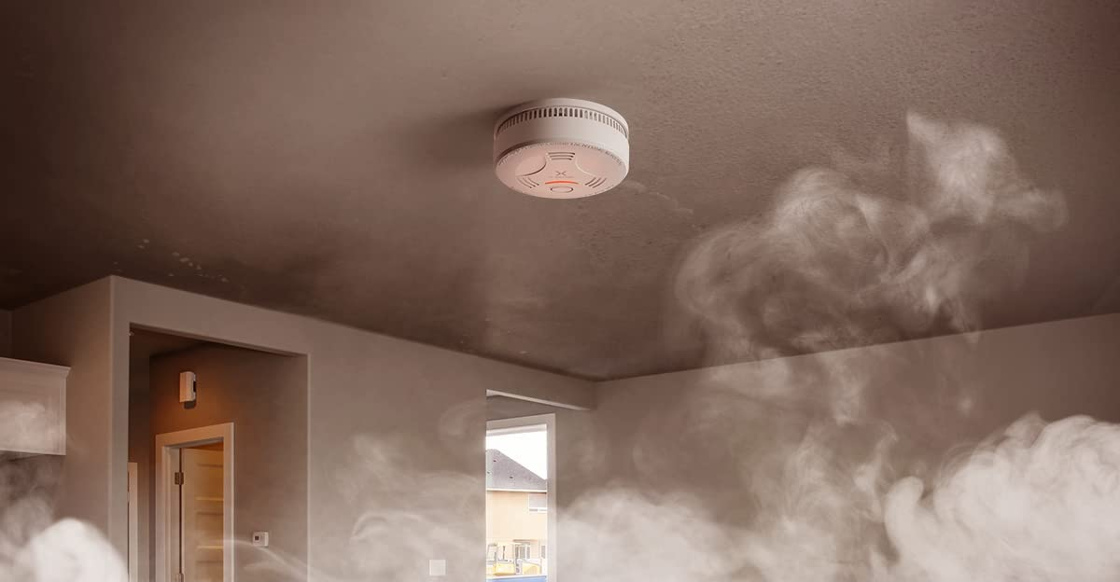Have you fitted a smoke alarm in your home? If you live in a rented house, by law the landlord should ensure that smoke alarms are installed and working. If you own your home, you need to take responsibility for this essential safety step yourself. You also need to ensure that any smoke alarms are fitted in the best place and working correctly.
A good smoke alarm will identify the presence of smoke and fumes, sometimes before any flames even appear, and alert you and anyone else in the house using a loud, piercing alarm. Smoke alarms or smoke detectors are available either battery-powered or with a mains adaptor. Some can be wired directly into the electrical circuit of your home.
The Main Types of Smoke Alarm
There are two main types of smoke alarm: Photoelectric detectors and Ionization detectors. Photoelectric devices are better at detecting smoke from smoldering and slow-burning fires.
Ionization devices are better at detecting small particles of smoke produced by high-temperature fires, such as a burning chip pan. Ideally, you should choose a detector that combines both of these systems for better all-around protection.
Where Should You Place Smoke Alarms?
Smoke alarms should, whenever possible, be fitted on the ceiling. They should be positioned at least 300mm away from any wall or light fitting, to allow smoke to reach them quickly. If you cannot, for some reason, attach the detector to the ceiling, you can fit them on a wall, making sure that it is as high up as possible, but around 200mm below the ceiling.
You should avoid fitting a smoke alarm in a kitchen or a bathroom, as both of these rooms are likely to contain steam, which can falsely trigger the alarm. It is also a good idea to avoid fitting one directly above a heater.
If you are only fitting one smoke alarm, it should be on the ground floor, at the bottom of the staircase. If you live in a single-storey building, fit the alarm between the bedrooms and the living areas (kitchen, lounge, etc.)
Anyone living in a large house may want to fit more than one smoke alarm, particularly if high-risk rooms such as the kitchen are far away from the bottom of the stairs.
Testing and Maintaining Smoke Alarms
Ideally, your smoke alarms will be wired into the mains or have a mains plug, so that they don’t stop working when the battery dies. You should speak to an electrician if you want to have mains-powered smoke alarms fitted.
If you have battery-powered smoke alarms, you should test them at least once every six months (every three months if you only have one fitted). Make sure that you use good-quality batteries in the alarms. Some modern smoke alarms are supplied with high-powered batteries that can last 10 years or more. Most smoke alarms will alert you with a constant beep when the battery is getting low.
Testing smoke alarms is easy, usually just requiring you to press a test button on the outside of the plastic housing for a few seconds. Almost all detectors will emit a small, regular beep when the battery needs changing, and some will also display a red light (or will have a green light displayed when the battery is good).








